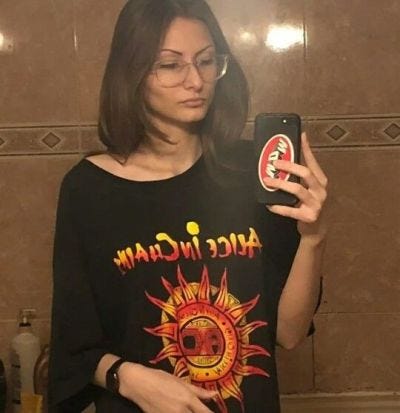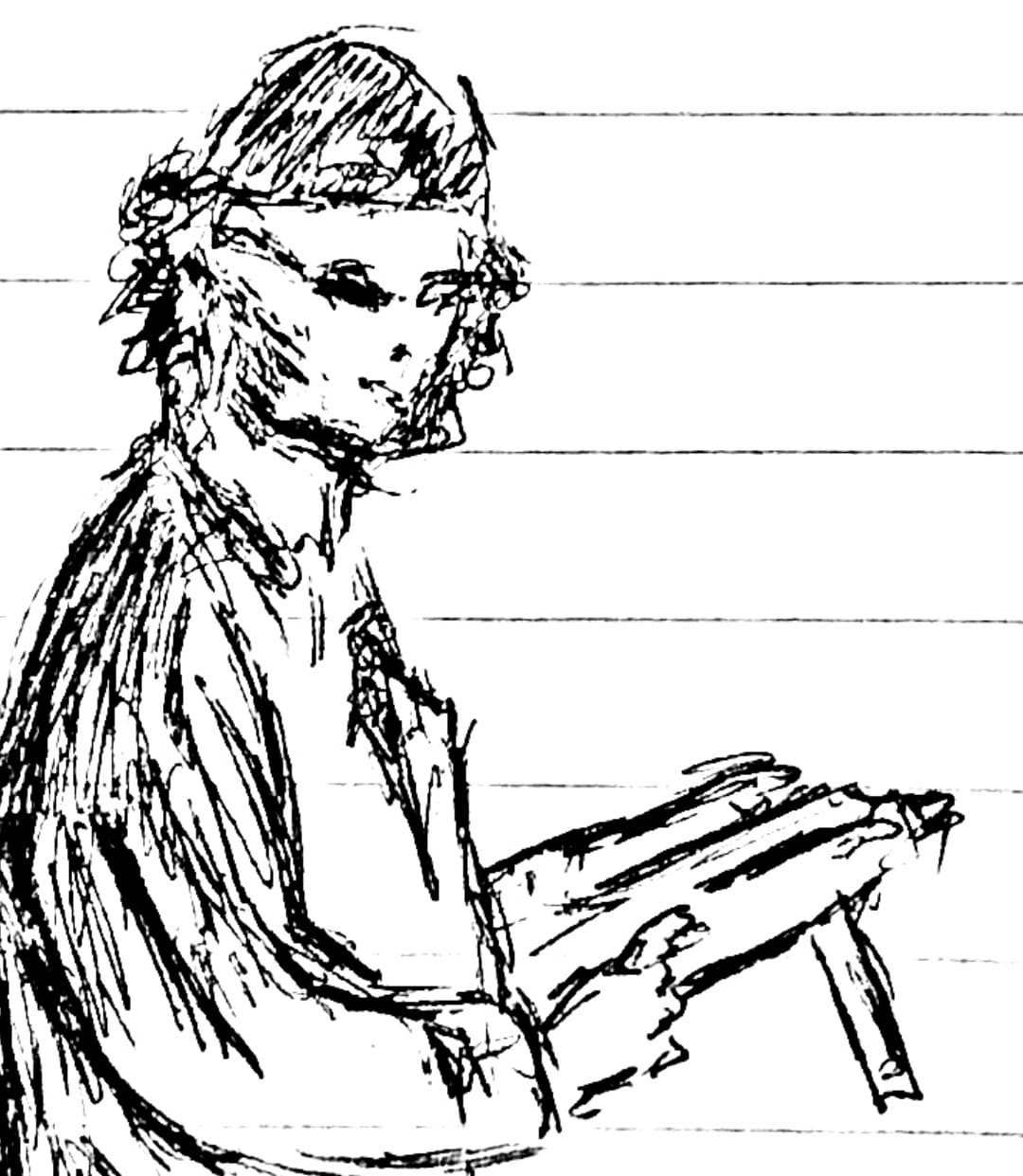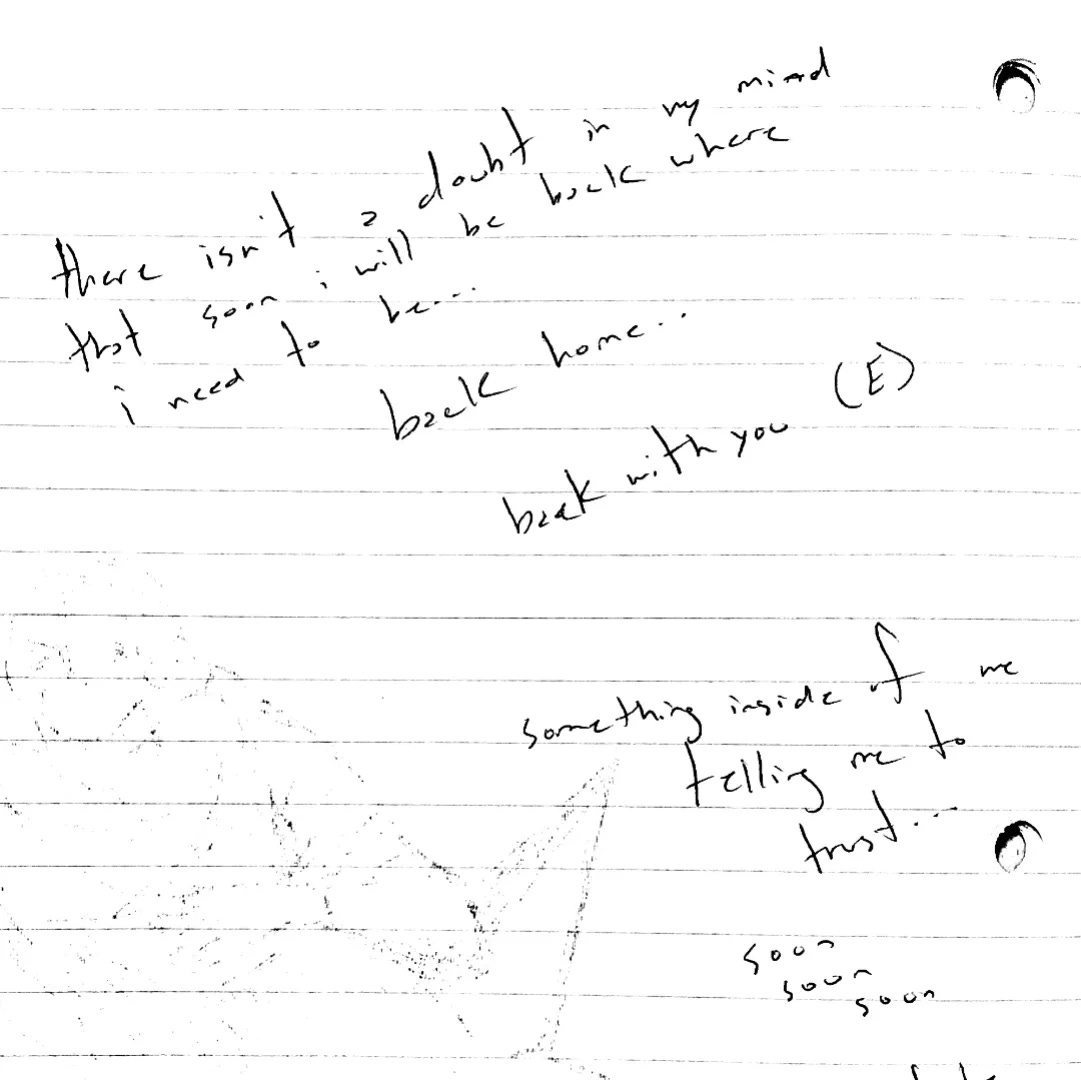The passion of Sol Pais
Note: this article is the third of a series which began with “Sol Pais’s Columbine Pilgrimage” and continues with “A Columbine of the Mind”
Given its compelling and deeply relevant cultural resonances, the sad case of Sol Pais has received a curious overall dearth of coverage and commentary.
It seems, in fact, that the only period of time in which media outlets showed any interest at all in Sol was that narrow two day interval (between Monday, April 15 and Wednesday, April 17, 2019) when the FBI proclaimed her to be an “armed and dangerous” figure who ostensibly posed a “credible threat” to school attendees in the Denver area. Schools responded by canceling classes, and the FBI conducted a massive manhunt, everyone little realizing that the object of their fear and loathing had in fact perished by her own hand in the Colorado wilderness on Monday the 15th, hours before the media blitz labeling her a homicidally-inclined, Columbine-obsessed fanatic churned into overdrive.
Since the news emerged that Sol was dead, and further, that she had in fact never truly been a threat to anyone but herself, her story completely fell off the media radar screen. If one types “Sol Pais” into a search engine, one finds few, if any, documents which postdate April 17, 2019, the day her body was found and the FBI announced that the menace of an ostensible mass shooter no longer existed (when in truth it had never existed).
One is left only to speculate why media, both major and independent, seemed to lose all interest in Sol, given that her mindset and behavior remain a quite intriguing, if disquieting, mystery. Perhaps her family wished to keep their grief a private matter and chose to remain mum, which is obviously their right. Surprisingly, Sol’s father, a Miami musician who was identified by name in a April 16 Daily Mail article maintains a significant social media presence. During the two days when Sol was in the news, he was the only family member to weigh in on her situation:
Asked if he had a message for his daughter, he pleaded: 'Please come home.' His voice trembling, he added: 'I think she's gonna be ok. I think maybe she has got a mental problem.'
There was no public statement from anyone in Sol’s family following her death. Given that their daughter was subjected to outrageous slander which never had a basis in reality, one would hope that the grieving parents— or, failing that, at least a sibling, or uncle, or aunt, or cousin-- would take a few minutes to fiercely denounce the feds and the media for their campaign of brazen fearmongering and shameless scapegoating of an 18-year old girl. Only one person, a friend in Michigan, stood up for Sol posthumously. The rest were silent.
Were they ashamed? Personally, speaking as a father myself, it is their silence that I find particularly shameful.
********
From Sol's journal entries, several of which were scrutinized here, it may be ascertained that she felt convinced that she belonged in a different time, namely the 1990s. This proclivity was no mere “preference,” but an outright obsession. It can be seen reflected in her choice of wardrobe, music, and movies, as well as the overall aesthetic of her blog site, and the fact that her posted journal consisted photocopies of handwritten passages scrawled on spiral notebook paper.
Interestingly, there is nothing explicit in these journals about the Columbine High School massacre, the subject to which Sol was supposedly so attached. It’s true that there are various drawings of rifles, as well as one etching that appears to resemble Columbine shooter Dylan Klebold.
It would seem that Columbine-related material was in a sense too personal for Sol to address specifically in her journal, which she must have conceived of as a public forum (even if her blog probably had few actual readers prior to her death). It was after reading Sol’s private emails that the FBI discerned her intense interest in Columbine; on this point, they were seemingly correct (as confirmed here by her Michigan friend), even if their assessment of the danger she supposedly posed to others was quite clearly off the mark.
In my article “A Columbine of the Mind,” I discussed the one striking passage in Sol’s journal, otherwise full of doom, gloom, frustration, and despair, in which she gushed over the love of her life:
I thank the stars every fucking day that I know he loves me. Every time he says it to me, I feel new, I feel ok, content, in the most intense way. I could never fully explain what goes on inside me when he tells me he loves me. My heart and my fucking soul melt into euphoria and the only thing I can think and feel is that I am so grateful for ____. I will never let him go. Everything he has done for me, with or without him realizing it, has made me, me. I only found myself because of him. The only cure to my loneliness is him. When I need someone to turn to, he is there. I will always think of him, and love him… with every fucking inch of my being entirely, for eternity— there is no changing that. I may be highly insecure of my emotions, but for once I truly know that fate has put me in his hands, that fate put him in mine. I will always know (“believe” is scratched out) that I know it with a sureness nobody can ever challenge.
I do everything for you, _____. and that will always bring me happiness. PS, I really hope you see this, _______. Please read this!
Every mention of this person’s name is blocked out with liquid paper. (Again, certain things are seemingly entirely too personal to share on a publicly-posted website.) However, a consensus seems to have emerged, again from those who were privy to her emails, that he is most likely Columbine shooter Eric Harris.
Naturally, since Harris had been dead for two decades at the time of Sol composing her journal, one is puzzled to witness that she describes him in the present tense (“I could never fully explain what goes on inside me when he tells me he loves me,” etc.) Moreover, she conceives of Harris as interacting with her on a seemingly daily basis, giving her love and support. He is “the only cure to (her) loneliness.” She asks him to “please read this!” as if, rather than being long deceased, he instead dwells on the same plane of existence that she does, and that they are readily accessible to one another.
There are two ways to interpret the strange perspective on display here. The more common one, of course, would be to call it a delusion and a symptom of mental illness. Sol has gone off the deep end, and has begun to interact with someone who isn’t really there.
The problem that I have with this interpretation is that Sol doesn’t strike me as schizophrenic in the least. Though often dour, she generally seems “in her right mind”; she doesn’t report seeing things, hearing voices, or the like.
Sol is, however, deeply interested in the occult. She expresses a wish to open up a portal to get to the place where she feels she belongs, away from the sham existence that she believes has been thrust upon her consciousness due to some malign cosmic glitch.
Thus, one wonders: could Sol actually have succeeded, through casting some spell or chanting some incantation, at summoning an entity from another realm, an entity which took the form of Eric Harris? Might it have been this being, whatever it was, which brought her such a sense of comfort and consolation, as described in her journal? Finally, might this entity have whispered this notion to her soul: that to set things right and put herself where she belonged, she merely needed to travel to the Colorado mountains, where Eric Harris and Dylan Klebold often went to engage in target practice after acquiring their weapons, and to end her “sham” life the same way that Eric and Dylan ended theirs: with a bullet to the brain?
(to be continued)
Andy Nowicki is the author of several books, most recently The Insurrectionist, Muze, and Love and Hidden Agendas, as well as the just-published The Rule of Wrath. Visit his YouTube channel.






